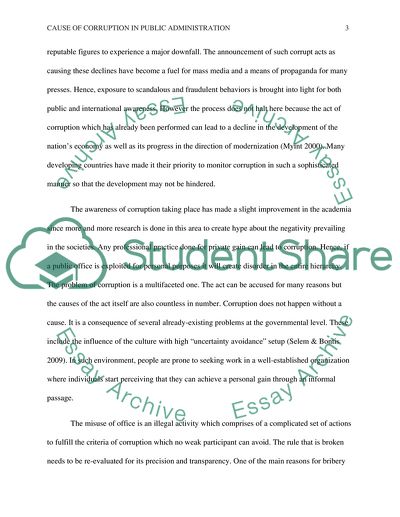Cite this document
(Cause of Corruption in Public Administration Research Paper, n.d.)
Cause of Corruption in Public Administration Research Paper. Retrieved from https://studentshare.org/law/1768512-cause-of-corruption-in-public-administration
Cause of Corruption in Public Administration Research Paper. Retrieved from https://studentshare.org/law/1768512-cause-of-corruption-in-public-administration
(Cause of Corruption in Public Administration Research Paper)
Cause of Corruption in Public Administration Research Paper. https://studentshare.org/law/1768512-cause-of-corruption-in-public-administration.
Cause of Corruption in Public Administration Research Paper. https://studentshare.org/law/1768512-cause-of-corruption-in-public-administration.
“Cause of Corruption in Public Administration Research Paper”, n.d. https://studentshare.org/law/1768512-cause-of-corruption-in-public-administration.


